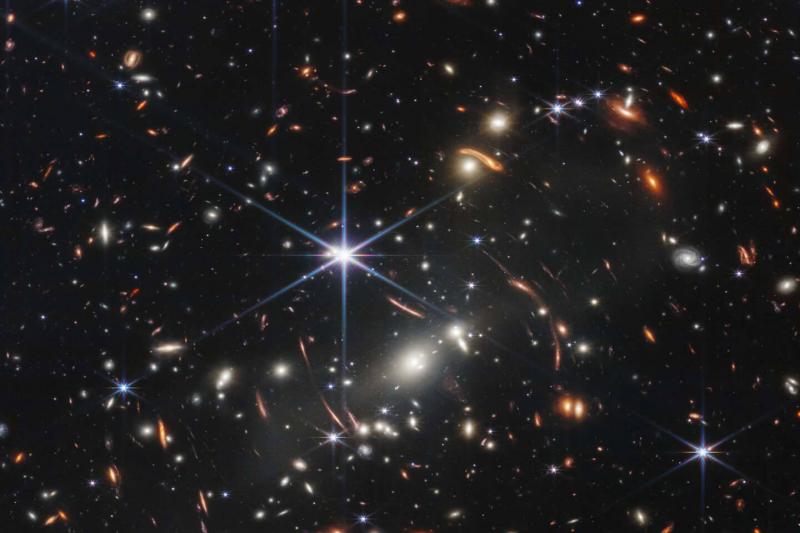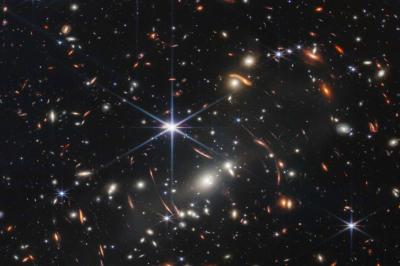A "stunning river" of stars has been observed flowing through space in a group of galaxies about 300 million light-years away. These structures are known as stellar streams, and the newly named giant Coma stream is the longest we have ever seen. In such a dynamic and gravitationally complex environment as a galaxy cluster, it is not expected that something as fragile as a stellar flow would last long at all. However, this discovery can be used to study galaxy clusters in more detail, along with the mysterious dark matter present in them.
Stellar streams are relatively common in the Milky Way galaxy. They are believed to be torn remnants of dense globular star clusters, which have been disrupted by tidal forces in the Milky Way, though they are difficult to identify. In recent years, telescope technology and analytical techniques have revealed fainter objects than what we could identify in the past; this is the case with the giant Coma stream.
Astrophysicist Javier Roman from the University of Groningen in the Netherlands was using the 4.2-meter Jeanne Rich Telescope and the William Herschel Telescope to search for faint structures within the Coma cluster, which contains thousands of known galaxies. The research team attempted to study the galaxy halos – spherical regions of scattered stars and dark matter that encompass the populated areas of galaxies.
However, their data revealed the unexpected: a long and extended strip of stars, not located within a galaxy, but between the galaxies of the cluster. This strip clearly differs from the fragile filaments of the cosmic web that connect galaxies together within clusters as well. Galaxy clusters are known to be chaotic environments due to gravity, where large bodies within them pull and push each other in all directions.
The researchers found that it is unexpected for the stellar stream to last long in such an environment, but this environment gives us some clues about the origins of the stream. They conducted simulations and found that such flows, although rare, can form in a galactic mass – from a dwarf galaxy disrupted by the gravity of larger galaxies. The giant Coma stream also indicates the possibility of finding similar structures in other clusters. Researchers hope to use larger telescopes to closely examine these massive gatherings to uncover other secrets that we might have missed.
The research was published in Astronomy & Astrophysics.




